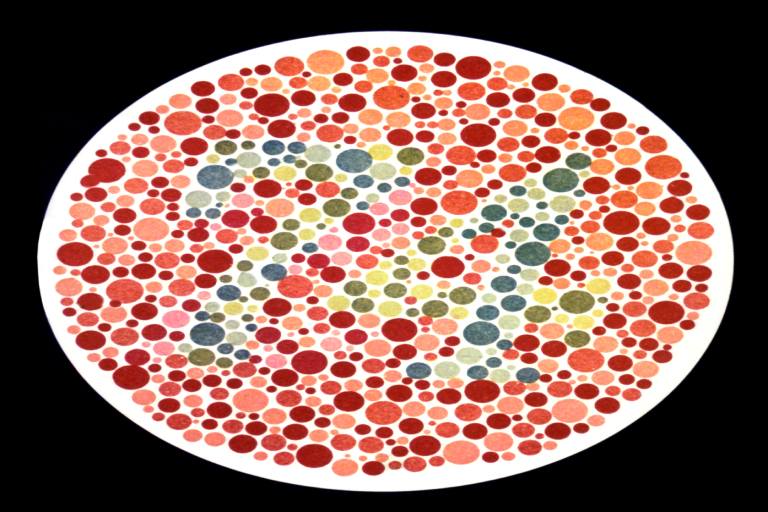Do you know that true color blindness is a rare condition? Yes, this means that those with color blindness actually have a color vision deficiency. Let’s understand it better.
Color blindness is a common condition whereby individuals see specific colors differently than most people. This difference in perception makes it difficult to distinguish between some colors correctly. As a result, a more appropriate term to use can be ‘color vision deficiency’ or ‘poor color vision’ and requires a different eye treatment approach.
What’s the Reason Behind Poor Color Vision?
So, why is it that some people see specific colors differently? Let’s break down the biology.
The ability to see colors across the light spectrum is a fairly complex process. It begins when the light (which consists of all color wavelengths) enters your eye through the cornea. It passes through your lens and transparent tissue in your eye called the vitreous humor. And it reaches the cones.
Cones are a kind of nerve cells that are sensitive to these color wavelengths. Simply put, these cells process the light coming in and send signals to your brain. This, in turn, allows you to see a specific color.
Now, these cones are sensitive to three colors: blue, green, and red. So what about other colors? Well, they activate these three types of color receptors at different intensities, meaning they activate two or even all three receptors at once.
So where’s the problem? The problem arises when one of these cones is not working well, which makes it difficult to distinguish between the primary blue, red, and green. This brings us to the types of poor color vision deficiency.
Also Read: Diabetic Retinopathy: Early Signs and Effective Management
Types of Poor Color Vision Deficiency
For most individuals, color vision deficiency is inherited. This means it runs in the family and is passed down from the mother or the birthing parent in case of red-green color deficiency. However, the risk of developing it may increase as a result of:
- Certain eye diseases
- Specific health problems, like diabetes, Alzheimer’s disease, or multiple sclerosis (MS)
- Certain medications like hydroxychloroquine
- Exposure to chemicals that harm your nervous system
- Prolonged exposure to welding lights
1. Anomalous Trichromacy
In this condition, you have all three cones, but one of them isn’t as sensitive as it should be. The concerns range from mild to severe. In the mild form, you see a confused pale or muted palette. However, in severe cases, you may even confuse vivid colors
2. Dichromacy
As the name suggests, here you have only two types of cones. This means you see colors through the wavelength that the two cones can perceive. This makes it difficult to tell the difference between two saturated (pure and vivid) colors. In essence, your vision for one particular color is completely missing.
3. Monochromacy
In this case, you either have only one type of cone receptor working or no cone function at all. So, how do you see the world? In shades of gray.
These are just broad categories. There are sub-categories within these types, which define the specific colors you can and cannot perceive correctly.
The most common type is the red-green deficiency. It affects the way you perceive any color that has red or green in them.
Also Read: Retinal Migraines: Causes, Symptoms, and Treatment
Testing for Poor Color Vision
There are two standard tests used by eye specialists to identify poor color vision: the Ishihara Test and the HRR test.
1. Ishihara Test
This test tests for red-green color deficiency. It uses a color plate inside which is a number (or symbol) in dots of a particular color. You have to identify what you see on each plate. Individuals who have poor color vision may not see any number or pattern.
2. HRR Test – Hardy, Rand, and Rittler Test
This test measures both red-green color deficiency as well as blue-yellow color deficiency. That’s the only difference between the HRR test and the Ishihara test. Rest everything remains the same.
Managing Poor Color Vision
Unfortunately, there is no cure for color blindness. But speciality lenses can minimize any poor color vision deficiency. These can help with daily activities as well as prove beneficial for those who need to pass color deficiency screenings at work.
Wrapping Up
A comprehensive eye exam is the first step to identifying any color vision deficiency, followed by a color vision deficiency exam after 4 years of age. Contact your eye specialist by booking an eye appointment at Shree Ramkrishna Netralaya, the best eye hospital in Mumbai, if you feel you or your loved one has a challenge differentiating basic colors.

